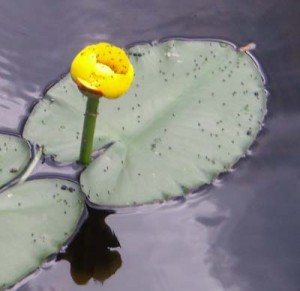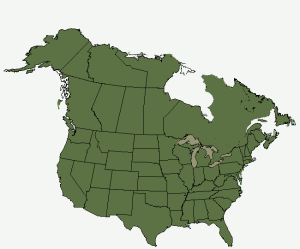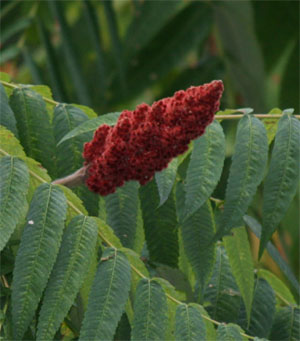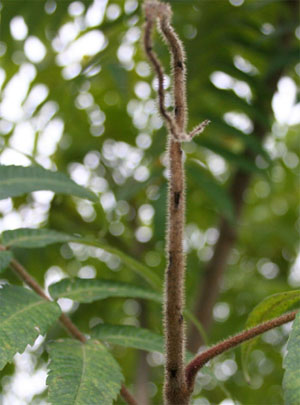Yellow Water Lily – Nymphaeaceae
Yellow Water Lily
Common Names:
Water Lily, Brandy-bottle, pond lily, bullhead lily, spatterdock, yellow cowlily, water lily
My son built a small pond in the backyard several years ago. Along with the necessary koi we bought the flora we added included a plant native to the entire USA – a yellow pond lily. In researching this plant I found out its history and the many ways this wild food is used and useful.
Description:
As its name implies, the yellow pond lily is an aquatic plant. It is a long lived plant, a perennial, which grows from spongy rhizomes anchored into the bottom of a body of water. The floating leaves are thick, somewhat heart-shaped and have up to an 18” spread. The stalks connecting leaves and flowers to rhizomes can grow six feet long.
Flowers of the water lily emerge on separate stem stalks. They are cup-shaped, yellow-green, with small scale-like petals. Flowers bloom from May to October. Spent flowers give way to seed heads that burst upon ripening, broadcasting their seeds over the water surface.
Habitat:
Yellow pond-lily occurs in slow-moving streams, ponds, and lakes. The plant pictured here was in Pine Lake, NY, a shallow Adirondack lake. The plant grows in wet, poor sandy soils and grows best in 1’ to 5’ of water in full sun to part shade. It is however tolerant of shade and deep water. There is a boggy area fed by the Normans Kill in Albany, NY that gets choked up with these wild plants by mid-summer every year. This is where the lilies I have come from.
Location:
The yellow pond lily can basically be found from Alaska south to California East to Labrador and south to Florida.
Edible:
The roots (rhizomes) are rich in starch and can be harvested any time of the year and either roasted or boiled. I understand that the root can be dried and ground into a flour substitute. The seeds can also be gathered in late summer into the fall and roasted and shelled. They can be eaten as is, boiled like you would rice or ground into a flour/meal.
 Notes of Interest:
Notes of Interest:
Yellow Pond Lilies provides great cover for wildlife, including all types of fish, insects (aquatic, terrestrial and flying), amphibians and reptiles. It is also a food source for beaver, muskrats and waterfowl.
The plant’s use dates back to pre-colonial times. Native Americans used the starchy rootstocks as a boiled or roasted vegetable. Additionally, they harvested the seed for grinding into flour.
Although water lily seeds are produced and deposited on the water surface, the yellow pond-lily reproduces more readily by spreading rhizomes – I can attest to this. The lily in the koi pond has a root system around 4’ long with several spots that stems and flowers grow from. This native aquatic plant can readily take over a body of water – please do not help it spread. It is very difficult to eradicate
Back to edible plant index
Check out how to cook wild foods

